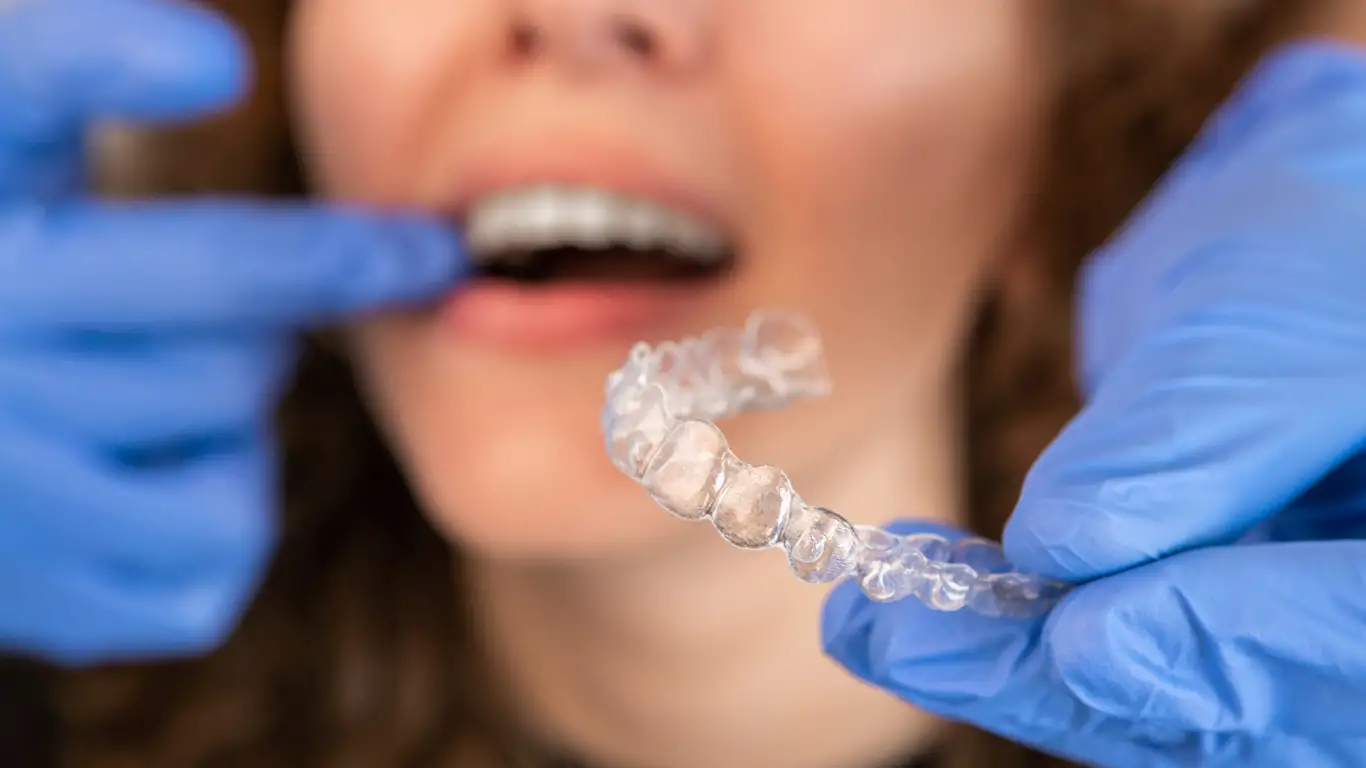The Path to a Straighter Smile: Understanding Teeth Straightening Options
Achieving a perfectly aligned smile is a goal for many people, and modern dentistry offers various effective methods for teeth straightening. Whether you're dealing with crooked teeth, gaps, or misalignment issues, there are solutions available to help you achieve the smile you've always wanted. In this comprehensive guide, we'll explore the world of orthodontic treatments, discussing different options, their benefits, and what you can expect from the teeth straightening process.

Clear aligners, such as Invisalign, have gained popularity in recent years. These custom-made, removable trays gradually move teeth into alignment and offer a nearly invisible alternative to traditional braces. For more severe cases, lingual braces, which are attached to the back of the teeth, may be recommended.
How long does the teeth straightening process typically take?
The duration of teeth straightening treatment varies depending on the individual case and the method chosen. On average, traditional braces are worn for 18 to 24 months, while clear aligner treatments may take 6 to 18 months. However, some minor corrections can be achieved in as little as six months, while more complex cases might require up to three years of treatment.
Factors that influence treatment time include the severity of misalignment, the type of correction needed, and patient compliance with wearing aligners or following orthodontic instructions. Regular check-ups with your orthodontist or dentist are essential to monitor progress and make any necessary adjustments to the treatment plan.
What are the benefits of straightening your teeth?
Straightening your teeth offers both aesthetic and health benefits. A properly aligned smile can boost confidence and improve overall facial appearance. Beyond cosmetic improvements, straight teeth are easier to clean, reducing the risk of tooth decay and gum disease. Proper alignment can also alleviate issues with bite and jaw function, potentially reducing headaches, neck pain, and problems with chewing or speaking.
Additionally, straightened teeth can contribute to better oral hygiene, as there are fewer hard-to-reach areas where plaque and bacteria can accumulate. This can lead to fresher breath and a decreased likelihood of developing cavities or periodontal issues in the long term.
Are there any risks or discomfort associated with teeth straightening?
While teeth straightening is generally safe, there can be some discomfort and minor risks involved. Initial soreness and pressure are common when braces are first applied or adjusted, or when switching to a new set of clear aligners. This discomfort typically subsides within a few days as the mouth adjusts to the new positioning.
In rare cases, more serious complications can occur, such as root resorption (shortening of tooth roots) or enamel demineralization if proper oral hygiene is not maintained. It’s crucial to follow your orthodontist’s care instructions carefully and attend all scheduled appointments to minimize these risks and ensure the best possible outcome.
How do I choose the right teeth straightening option for me?
Selecting the most suitable teeth straightening method depends on various factors, including the severity of your misalignment, your lifestyle, budget, and personal preferences. Consulting with a qualified orthodontist or dentist is the best way to determine which option will work best for your specific needs.
During your consultation, your dental professional will examine your teeth, take X-rays, and discuss your goals. They will then recommend the most appropriate treatment plan, considering factors such as your age, oral health, and the complexity of your case. It’s important to ask questions and discuss any concerns you may have to make an informed decision about your teeth straightening journey.
What are the costs associated with different teeth straightening methods?
The cost of teeth straightening can vary significantly depending on the chosen method, the duration of treatment, and your geographical location. Here’s a general overview of the costs associated with different teeth straightening options:
| Treatment Type | Average Cost Range | Notable Features |
|---|---|---|
| Traditional Metal Braces | $3,000 - $7,000 | Most effective for complex cases |
| Ceramic Braces | $4,000 - $8,000 | Less visible than metal braces |
| Lingual Braces | $8,000 - $10,000 | Hidden behind teeth, highly customized |
| Clear Aligners (e.g., Invisalign) | $3,000 - $7,000 | Removable and nearly invisible |
| At-Home Clear Aligners | $1,200 - $2,500 | More affordable, limited to mild cases |
Prices, rates, or cost estimates mentioned in this article are based on the latest available information but may change over time. Independent research is advised before making financial decisions.
It’s important to note that many dental insurance plans cover a portion of orthodontic treatment, especially for patients under 18. Additionally, many orthodontic offices offer payment plans to help make treatment more affordable. When considering the cost, remember that investing in teeth straightening can lead to long-term benefits for both your oral health and self-confidence.
In conclusion, teeth straightening is a transformative process that can significantly improve both your smile and overall oral health. With various options available, from traditional braces to modern clear aligners, there’s a solution for every need and preference. By understanding the different methods, their benefits, and potential considerations, you can make an informed decision about your orthodontic treatment. Remember to consult with a dental professional to determine the best path forward for your unique smile.
This article is for informational purposes only and should not be considered medical advice. Please consult a qualified healthcare professional for personalized guidance and treatment.





